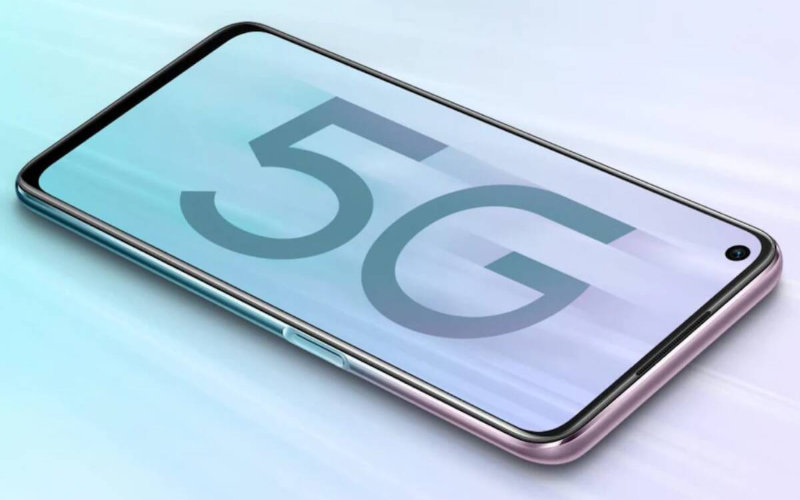Morocco Leads Africa in Internet Connectivity, but Rural Areas Lag Behind

Certainly, Morocco has made significant progress to ensure internet access, but major challenges remain to be addressed.
In its latest report, the International Telecommunication Union (ITU) reveals that Morocco is the most connected country in Africa, with the highest level of information and communication technology development on the continent, far exceeding the global average of 70.5% in terms of the percentage of individuals using the internet and recording a rate of 92.8% for households with internet access at home and 3G/4G coverage, whose respective global averages are 70.8% and 92.5%, reports Le Matin. 98% of Moroccans own a mobile phone, illustrating a wide dissemination of these devices, and 80.2% of the population uses the Internet. As for broadband services, there are 72.5 subscriptions to mobile broadband Internet per 100 inhabitants, the report states, noting that the 4G/LTE network covers about 58.1% of the Moroccan territory.
Despite these significant advances, Morocco still faces several challenges to achieve inclusive and meaningful global connectivity: the high cost of communications and the need to improve internet access in rural areas. Only 47.7% of households have an internet connection at home. The program to connect 1,800 rural areas to the internet in the coming months, launched in May by the Ministry of Digital Transition, should help reverse the trend. Another challenge: the deployment of 5G starting in 2026. On the technical aspect, this project "focuses in particular on "the processes of reconfiguring the frequency spectrum and the release of frequency bands that can be exploited in 5G networks, in addition to the connection of Base Transceiver Station (BTS) sites with fiber optic links".
According to the Ministry of Digital Transition, processes have already been launched. 5G networks offer considerable advantages over fourth-generation networks: the transfer of a large amount of data at a faster speed, the processing of large amounts of data with minimal delay, and the intensive use of applications in smart homes, buildings, cities or cars, the same source informs. But substantial investments are needed to deploy 5G. "The use of 5G coverage requires adapted equipment," the supervisory authority had meanwhile indicated.
Since 5G equipment is generally not compatible with existing infrastructure, it is necessary to modernize antennas, adapt infrastructure, train the required human resources, or even rethink regulations. Morocco is already working on this project by launching the "Digital Morocco 2030" Strategy in September, with the ambitions of achieving a 70% population coverage rate in 5G by 2030 with a mass-market offer, generating 40 billion dirhams in exports, creating 270,000 jobs in outsourcing, generalizing fiber optics, going from 1.5 million households in 2022 to 4.4 million in 2026 and then 5.6 million in 2030. The road is still long, but Morocco is ambitious.
Related Articles
-

Franco-Algerian Tourist Arrested at Marrakech Airport for Racist Outburst During Security Check
1 September 2025
-

Morocco Fights Drought with Innovative Floating Solar Project on Tanger Med Dam
1 September 2025
-

Tragic Collision Near Casablanca: 5 Dead, 7 Injured as Tractor and Van Crash on Sidi Bennour Road
1 September 2025
-

Morocco Bolsters Military with $120 Million Israeli Drone Deal, Expanding 1,000km Strike Range
1 September 2025
-

Mother of Three Brutally Tortured for 8 Days in Horrific Kidnapping Near Témara
1 September 2025